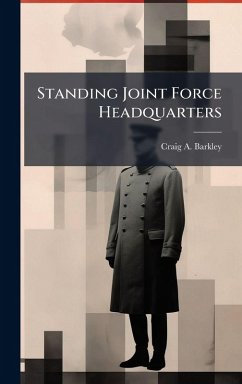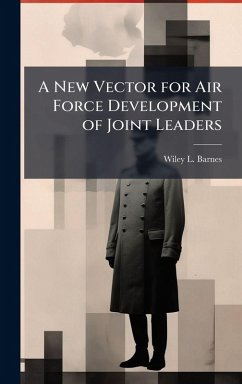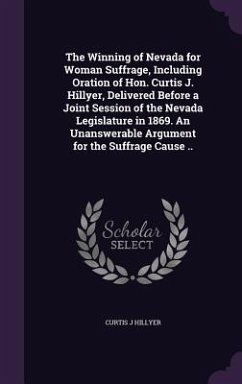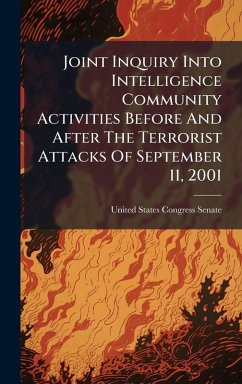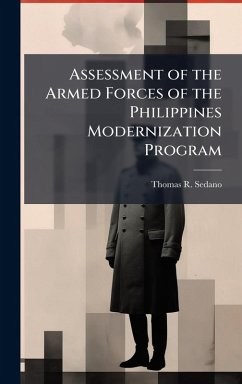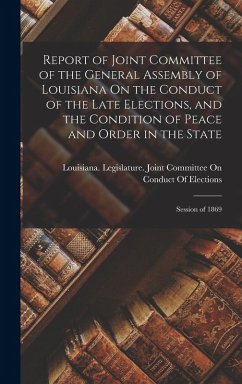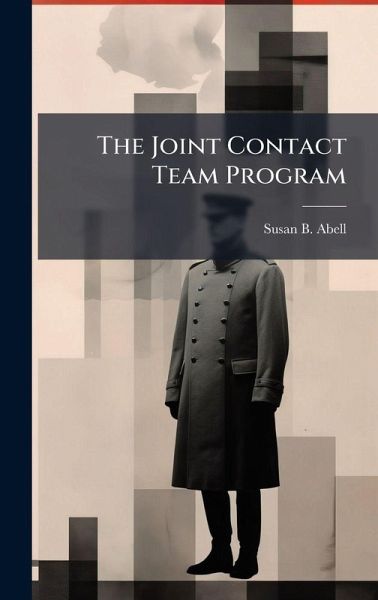
The Joint Contact Team Program
Versandkostenfrei!
Versandfertig in über 4 Wochen
25,99 €
inkl. MwSt.
Weitere Ausgaben:

PAYBACK Punkte
13 °P sammeln!
The Joint Contact Team Program is a EUCOM military-to-military engagement program designed to foster relationships, illustrate the standard of U.S. style military under civilian control, and promote stability, democratization, military professionalism, and closer ties to NATO for host nation countries. There are currently over 20 participating countries on the European and African continents. Unforeseen developments and challenges have shown the world to be a more dangerous place than first believed at the end of the Cold War. It is more important than ever to develop strong strategic relation...
The Joint Contact Team Program is a EUCOM military-to-military engagement program designed to foster relationships, illustrate the standard of U.S. style military under civilian control, and promote stability, democratization, military professionalism, and closer ties to NATO for host nation countries. There are currently over 20 participating countries on the European and African continents. Unforeseen developments and challenges have shown the world to be a more dangerous place than first believed at the end of the Cold War. It is more important than ever to develop strong strategic relationships and stimulate cooperation in areas we had not previously foreseen. The U.S. must practice a policy of active engagement and the U.S. military should be a key player not only in times of conflict, but just as importantly, in times of peace. Assisting the Joint Contact Team Program participating countries in bettering their civil-military relations and their militaries is not only in their best interests, but also in the best interests of the U.S. Since its inception in 1993, the Joint Contact Team Program has played an important role in helping ten of its member countries in Eastern Europe achieve NATO membership. The Joint Contact Team Program is a proven model for military-to-military engagement. This work has been selected by scholars as being culturally important, and is part of the knowledge base of civilization as we know it. This work was reproduced from the original artifact, and remains as true to the original work as possible. Therefore, you will see the original copyright references, library stamps (as most of these works have been housed in our most important libraries around the world), and other notations in the work. This work is in the public domain in the United States of America, and possibly other nations. Within the United States, you may freely copy and distribute this work, as no entity (individual or corporate) has a copyright on the body of the work. As a reproduction of a historical artifact, this work may contain missing or blurred pages, poor pictures, errant marks, etc. Scholars believe, and we concur, that this work is important enough to be preserved, reproduced, and made generally available to the public. We appreciate your support of the preservation process, and thank you for being an important part of keeping this knowledge alive and relevant.





